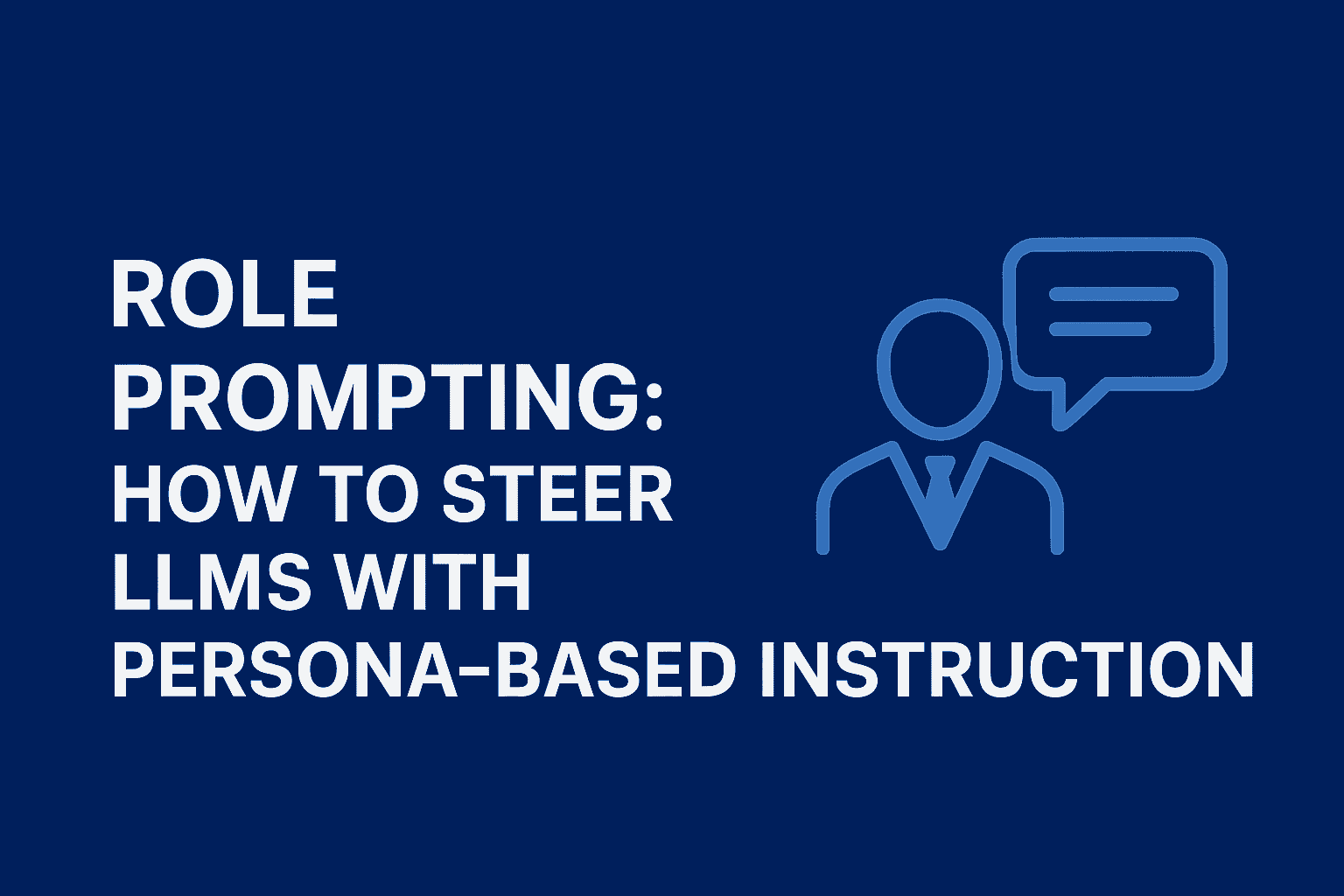
✨ Character Error Rate (CER): A Friendly, No-Nonsense Guide
Ai engineer
Character Error Rate (CER) is a simple yet powerful metric to evaluate OCR, handwriting, and speech-to-text quality at the character level. This guide breaks down how CER works, why it matters, how to calculate it, and how it compares to Word Error Rate (WER), all without the jargon.
Character Error Rate (CER): A Friendly, No-Nonsense Guide ✨
🤔 What is CER?
- Character Error Rate (CER) measures how different a predicted text is from the reference text at the character level. It is widely used in OCR, handwriting recognition, and speech-to-text, especially for languages without clear word boundaries. Lower is better; 0.0 = perfect. CER is usually computed with Levenshtein (edit) distance over characters.
📌 Why should you care?
- OCR quality: See how often characters are misread. Great for scanned documents.
- ASR benchmarking: Complements WER, and is essential for languages/scripts where words are tricky.

🔢 How is CER Calculated?
Calculating CER is straightforward. It uses a simple formula based on edit operations. Here's the breakdown:
The formula is:
CER = (S + D + I) / N
Where:
- S = Substitutions (wrong characters in place of correct ones)
- D = Deletions (missing characters)
- I = Insertions (extra characters added)
- N = Total number of characters in the reference (ground truth) text
This is often multiplied by 100 to get a percentage. The lower the percentage, the better!
CER relies on the Levenshtein distance algorithm. This finds the minimum edits needed to match texts.
✅ A quick example
Reference: the quick brown fox Prediction: the qucik brown f0x
qucikvsquick→ 2 substitutions (c↔k swap counts as 2 operations via minimal edits)0instead ofo→ 1 substitution Total edits = 3. If the reference has 19 characters (spaces included or excluded—see next section), CER = 3 / 19 ≈ 0.158 (15.8%). CER uses the minimal number of edits between the two strings.
⚠️ Pre-processing choices change CER (a lot)
Be explicit and consistent about:
- Casing: lowercase everything or not?
- Whitespace: collapse multiple spaces? strip leading/trailing?
- Punctuation & symbols: keep or remove?
- Accents/diacritics: normalize (NFC/NFKC) or keep as is?
- Script variants: e.g., Persian/Arabic forms, full-width vs half-width, etc.
Most tooling lets you control normalization, but your evaluation plan should define it clearly. NIST plans and libraries document these details and options.
🆚 CER vs. WER: What's the Difference?
CER and Word Error Rate (WER) are cousins in the metric family. Both use similar formulas: (S + D + I) / N. But they differ in scope.
- Level of Focus: CER zooms in on characters. WER looks at whole words.
- Error Impact: In WER, one wrong character can error an entire word. So WER is often higher than CER (e.g., 5% CER might mean 25% WER).
- Best For: CER suits fine-grained tasks like OCR in complex fonts. WER fits semantic checks in transcripts or chatbots.
- Correlation: They often align, but WER is stricter for word accuracy.
Choose based on your needs – characters for detail, words for context!
📉 How to interpret scores
- 0–2%: Excellent on clean data.
- 2–10%: Good; errors may be noticeable.
- 10–20%: Usable with post-editing.
- 20%+: Significant quality issues. These ranges are context-dependent (domain, language, noise, fonts). Always compare against a baseline on the same test set. (Guidance based on common practice and tool docs.)
🕳️ Common pitfalls
- Inconsistent tokenization: Counting or dropping spaces changes N.
- Mixed normalization between train/dev/test.
- Small test sets: CER varies widely—report confidence intervals or multiple runs.
- Cherry-picked subsets: Always disclose dataset and filtering rules.
- Ignoring insertions/deletions: CER includes all edits, not just substitutions.
🧰 Reliable tools you can use
- NIST SCTK / sclite: Gold-standard scorer for ASR with robust alignment and reports.
- Hugging Face
evaluate→cer: Simple Python metric (uses Levenshtein under the hood). - TorchMetrics
CharErrorRate: Handy for PyTorch training loops and logging.
📝 Reporting best practices
- State the exact formula and whether spaces/punctuation are included.
- Describe normalization (case, accents, Unicode form).
- Report both CER and WER when applicable.
- Give dataset details (domain, size, language/script).
- Include tools and versions (e.g.,
scliteversion,evaluatecommit).
💬 FAQ
Is CER always better than WER? No. Use CER for fine-grained errors and scripts without clear word boundaries; use WER for readability/user impact. Together, they tell a fuller story.
Does CER care about spaces? Only if you include them. Decide in your protocol and apply it consistently.
What about languages with diacritics or multiple writing forms? Normalize carefully (or don’t), but document the choice. It can change CER meaningfully.

